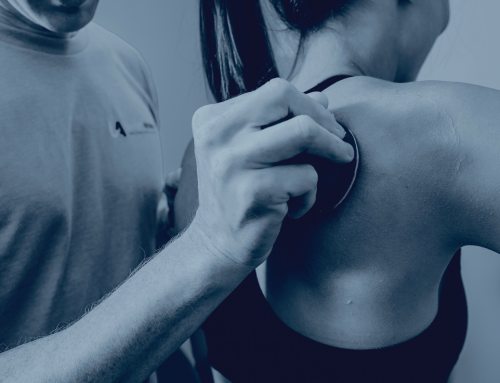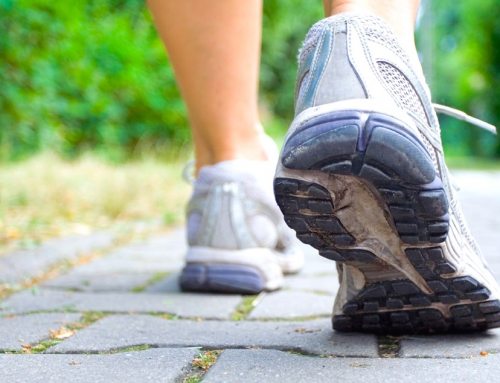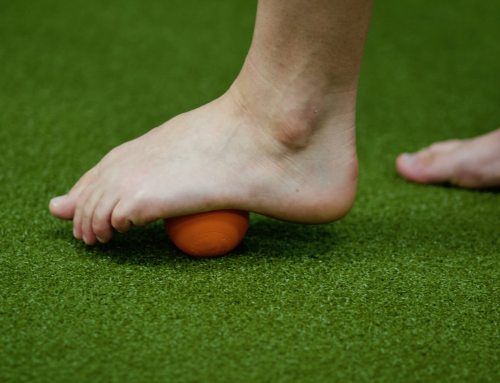By Brian Beatty
A reason to run? A better question might be, why not? Walking and running are what we are inherently designed to do. We do it better than any other species. Human gait (walking and running) is just allowing the body to do that which it is naturally designed to do.
There are theories that blame the prevalence of back pain and hip problems on the fact that we are still evolving into being upright and therefore there is excessive strain on the low back and hips. Many of us disagree with this statement. These issues are culturally based, not anatomical. We are perfectly designed skeletally and neurologically to move upright through the world.
What we are not designed to do is to sit. Sitting creates sustained bending (flexion) at the hip joints and our torso weight is loaded directly onto base of the pelvis and the structures of the spine. It doubles the compressive load on the spine (compared to standing) and limits the effectiveness of using the large muscles of the hips (glutes & flexors) to hold us erect. We spend all our time with our legs in front of us. We habituate to this postural bias. Causing us to forget how to use our hips and legs to support an erect posture and move us forward by pushing our legs behind us.
Biology and anthropology theories suggest that acquisition of an upright gait laid the foundation for us to be what we are today. We are not the fastest animals on the land, but we have the greatest endurance. We can cover more distance without stopping than any other creature. Being upright created many unique abilities and adaptations. Our breathing rate occurs independent of stride and allows efficient cooling. Our head stabilizes over the spine upright for broad visual field. Exceptional endurance allowed us to persistence hunt (tracking an animal to its exhaustion). Our stimulus to develop our brain’s frontal cortex is a reliable amino acid, rich nutrition and the need to track and predict an animal’s future behavior; the rest is developmental history. We became who we are by becoming upright, why would we not reinforce that on a daily basis?
When we properly engage the hip and leg muscles on the backside of the body and our leg moves behind the body, many wonderful things happen. The pelvis and torso are lifted and propelled forward in space. The chest and lungs can open and expand. Our head is held erect looking forward to the horizon and the spine is lengthened upward. As the ball of the foot of the pushing leg behind leaves the ground, momentum is generated to create a smooth forward swing of the leg for a soft landing under the body for the next step. This creates a soft, efficient gait.
Current biomechanical research supports that landing the foot softly under the body and extending the leg behind are benchmarks of efficient running form. This is the movement pattern for which we are designed. Prolonged sitting diminishes the strength of this pattern. We then work to regain it for efficient walking and running gait. Gait inefficiencies such as those caused by the pattern of sitting can include over-striding (the foot landing too far in front of the body) or plodding (landing heavily on the foot), stance collapse, knees falling inward and hips outward. Practicing the skill of pushing our leg behind and holding your body upright, moving forward is vital to health and honoring that which is natural for us.
This month’s core corner demonstrates an exercise to help create the efficient upright gait and overcome the effects of prolonged sitting. Try a few reps, and then enjoy a nice walk or run.
# # #
Brian Beatty, physical therapist at Balanced Movement Studio assists anyone who wants to move naturally, with more efficiency and less pain. More thoughts, exercises and online programs on endurance sports and movement can be found on www.balanced-movement.com





